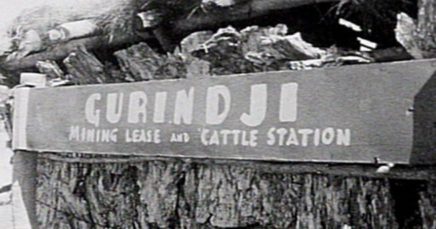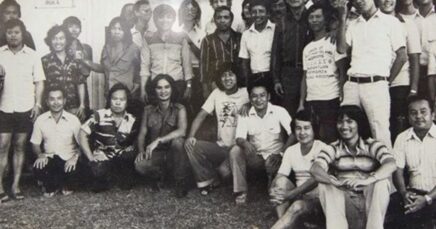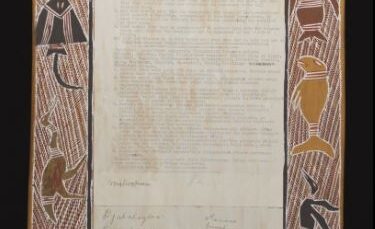This week we remember the Shearers’ Strike of 1891, a defining moment for the labour movement.
Employers at this time were anxious that the rise of unions meant they would have to do things they really didn’t want to do: like pay their workers decent wages and make sure the workplace was safe in this dangerous industry.
So bosses created their own organisations and insisted on what they called ‘freedom of contract’ – this mean negotiating individually with their workers instead of through the union.

The economic depression of the 1890s only increased conservative enthusiasm to curtail the power of the union movement, and employer groups prompted a series of showdowns with their workers.
A Shearer’s strike began in Queensland in 1891 when employers sought to introduce union-busting contracts and a reduction in pay rates. They were backed to the hilt by the right-wing government.
The shearers stuck together for months. In Barcaldine more than 1300 came together to march in Australia’s first May Day rally – with 600 of them on horseback!
They carried the union’s banner and waved Eureka flags and promised to keep up the struggle.
But repression was fierce. Strikers were literally read the Riot Act, and their leaders were arrested at bayonet-point.

These strike leaders were tried at the end of April in a Rockhampton court for Conspiracy against the Crown – basically for treason!
On the 20th of May, they were found guilty and sentenced to hard labour.

The workers were defeated and the movement learnt a harsh lesson. It is one we have not forgotten, even now, especially now,
We must always guard against opportunistic bosses who will try to make the most of economic depression, and their conservative political allies when they tried to take advantage of us.
Sound familiar?
And the Shearers? In 1894 they joined with the General Labourers’ Union to create the Australian Workers’ Union – one of the largest and most influential unions in Australia’s history.



